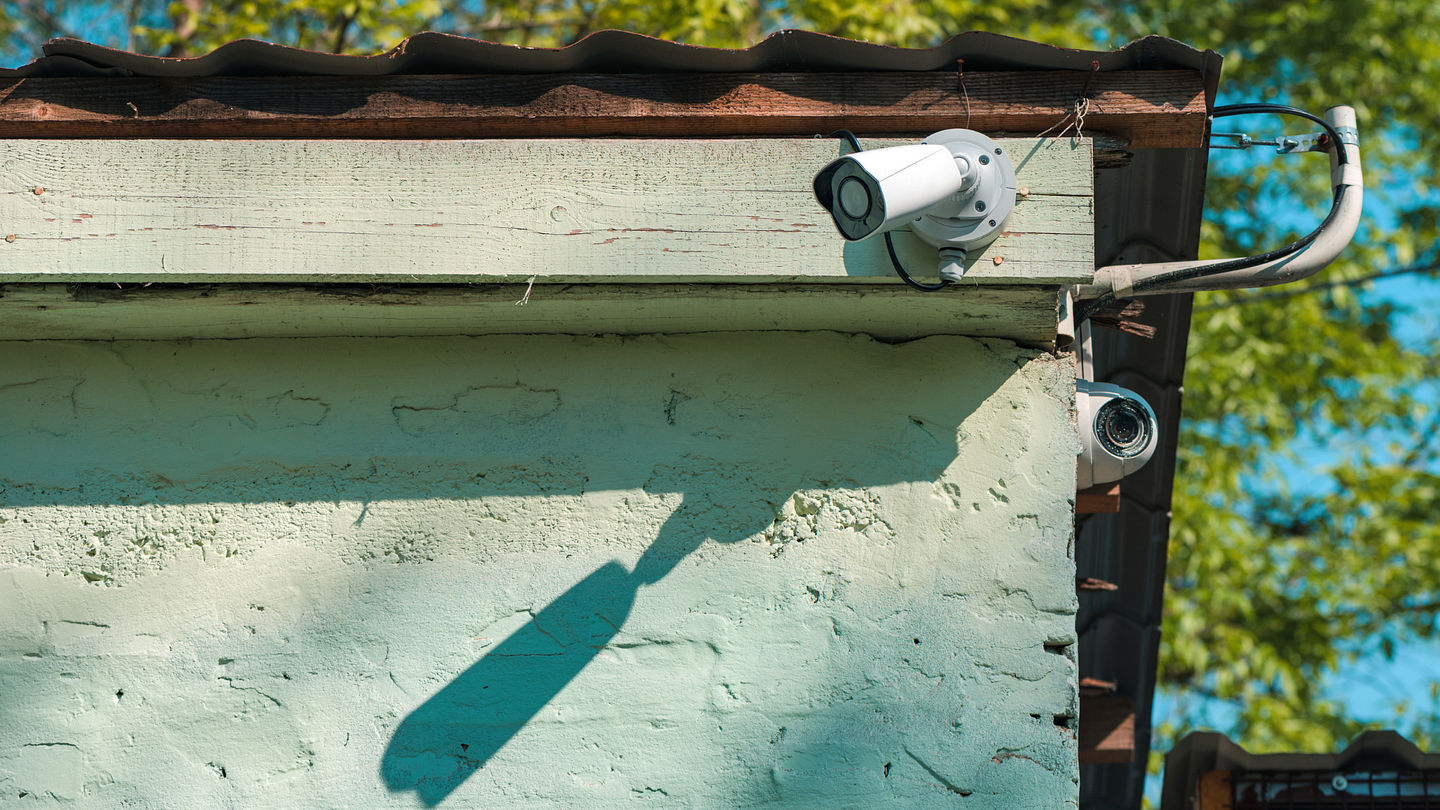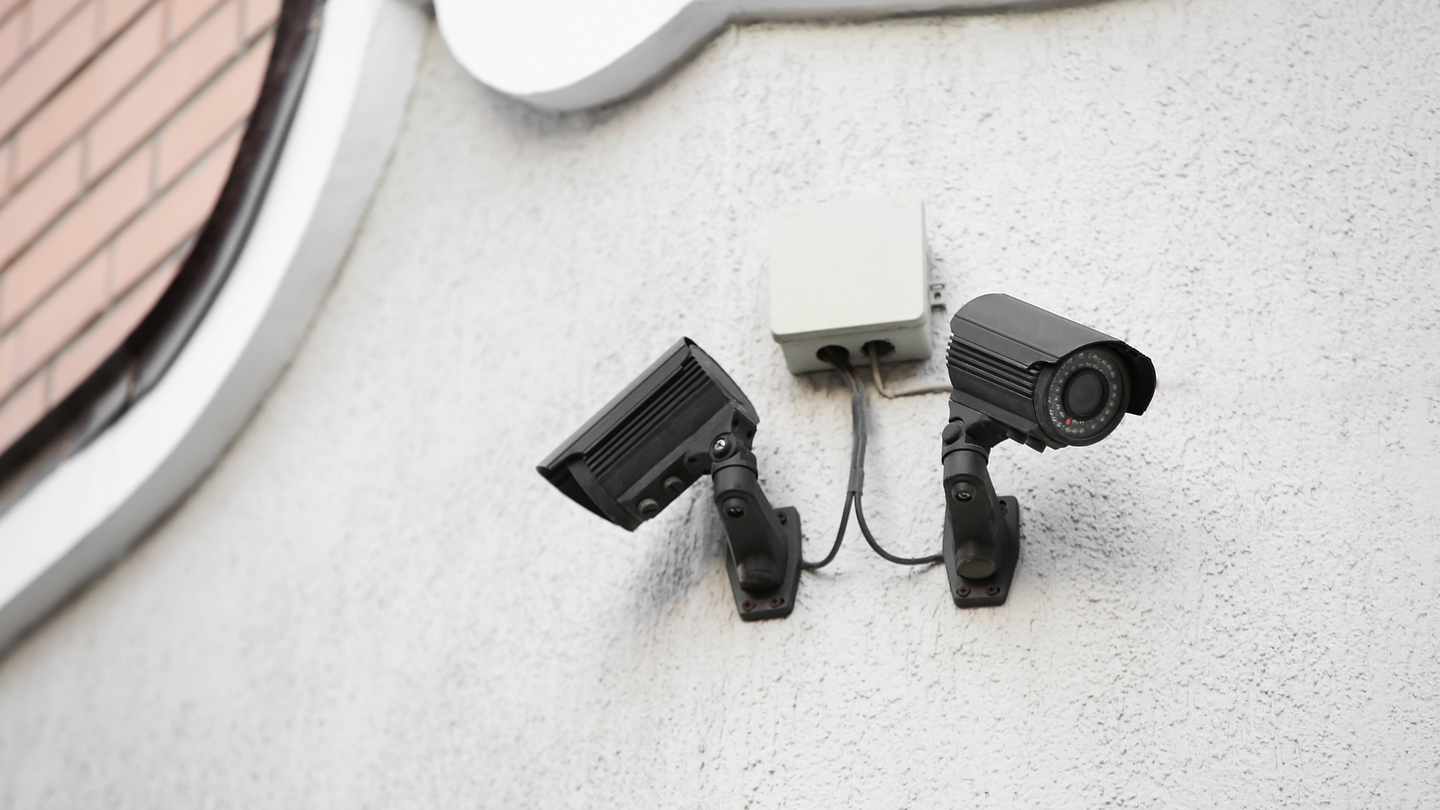Do you have IP cameras? Are you interested in it? As one of the most popular cameras, it is equipped with more powerful features than the average camera. This article will analyze the main advantages of the IP cameras, and you’ll soon see how important it is in our daily life.
- What are IP cameras?
- How is the video quality & resolution of IP cameras?
- What is amazing about IP cameras?
- How much do IP cameras cost?
- What to Consider When Buying an IP Camera?
What Are IP Cameras?

Internet Protocol cameras, also called IP cameras or network cameras, provide digital video surveillance by sending and receiving footage over the internet or local area network (LAN). Like their name suggests, IP cameras connect to a network through Wi-Fi or a Power over Ethernet (PoE) cable. They’re often used with network video recorders (NVRs) and sometimes digital video recorders (DVRs), making them a common solution for enterprise video surveillance.
How Is the Video Quality & Resolution of IP Cameras?
IP cameras can provide higher video quality, they offer more range of video sites, such as a wide or narrow field of view, and better amplification. And because they transmit truly digital signals, they provide much more video detail, which makes them better suited for facial recognition or detecting license plate numbers.
Overall, the IP cameras are of high quality and perform well in low-light conditions. If you zoom in on the image, you will get a clear image. It’s like one of those cop shows you see on TV. If you’re using an IP camera, you can zoom in to identify the perpetrator’s face.

Generally, digital cameras have a resolution 6 to 20 times higher than analog cameras. The IP camera offers compressed encoded transmissions with resolutions ranging from 1.3 to 5 megapixels (2560 x 1920 px), which enables you to cover a wider view area or get more detailed images in a narrow, enlarged view area.
What is Amazing About IP Cameras?
IP cameras also work with twisted-pair, coaxial cable, and wireless connections. One of the advantages of IP cameras is that they can be powered via a twisted-pair Ethernet cable, eliminating the worry of running wires. Moreover, IP cameras can send digital video 100 meters over twisted-pair Ethernet cable and unlimited distances over IP networks.

Because the images are digital, they maintain 100% of their clarity over long distances and when the signal is converted between different formats. Importantly, wireless IP camera network connectivity can be a very practical solution in areas where using cable is too difficult or too expensive, wireless can also be used in buildings where it is impractical or impossible to use cables, such as historic buildings.
What’s more, IP cameras provide network intelligence and remote manageability, they can send images and different parts of images to different receivers at the same time, they can perform additional tasks, such as sending messages when they detect motion.
How Much Do IP Cameras Cost?
Although the price of IP cameras continues to fall, IP camera system is considered more expensive, but the overall cost may be lower than expected due to lower cable, recording equipment, and labor costs. Costs can also be reduced by installing IP cameras on top of existing cable infrastructure using extenders and media converters.
What to Consider When Buying An IP Camera?
- Does it use encrypted transmission? (SSL / TLS?)
- Does data encryption meet modern security standards? (RSA vs. AES? At rest vs. in transit?)
- How much network bandwidth is needed to support the camera?
- How wide is the surveillance area? (distance? Range?)
- How will the video be stored and how much space do you need?
- Where is it being placed? (Indoors? Outdoor?)

